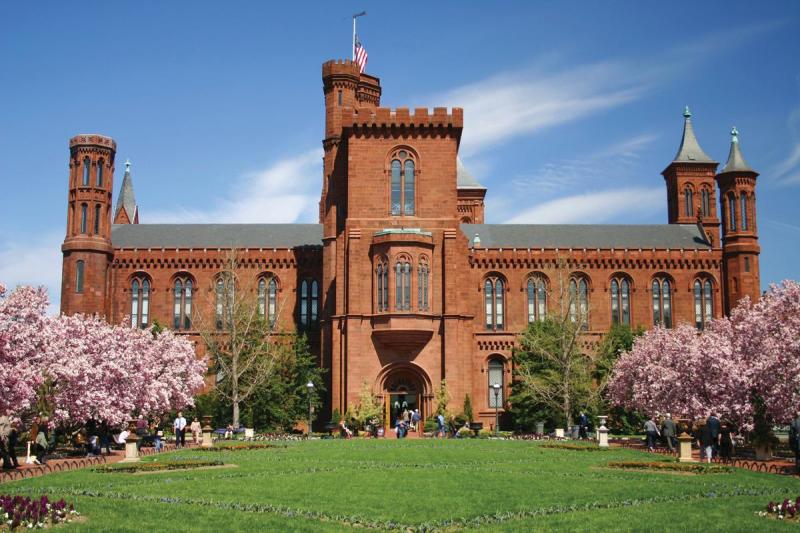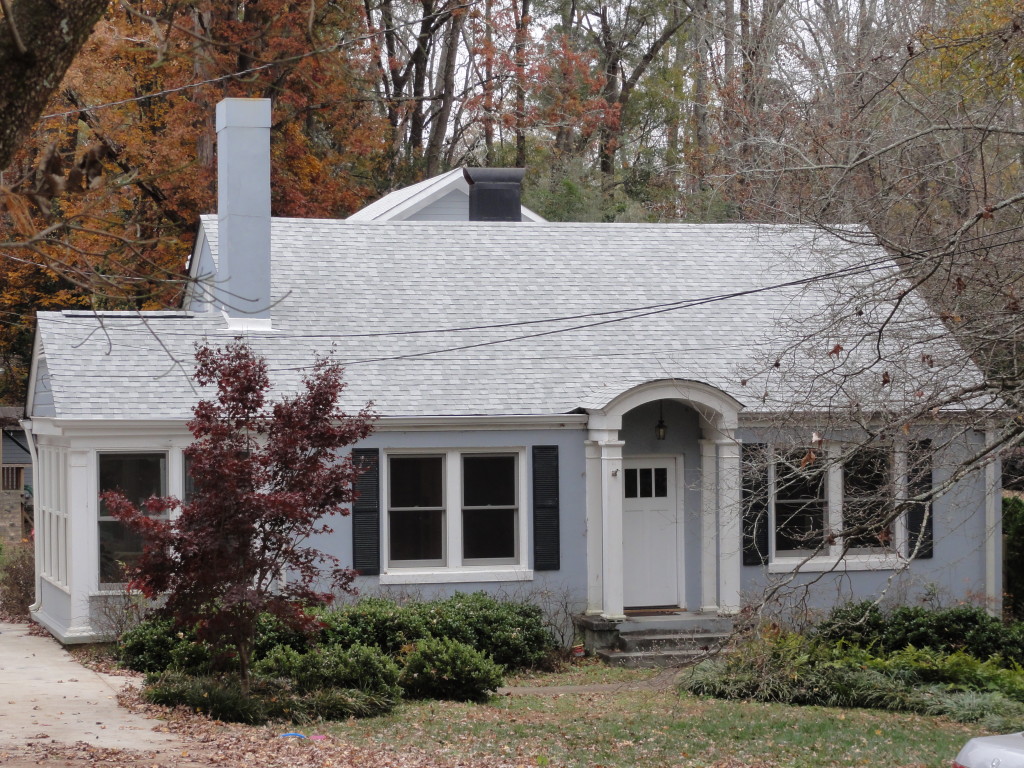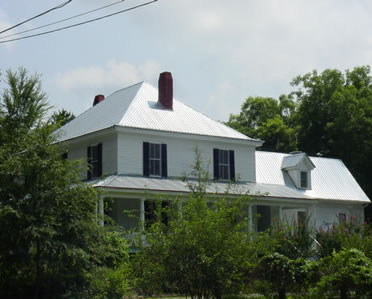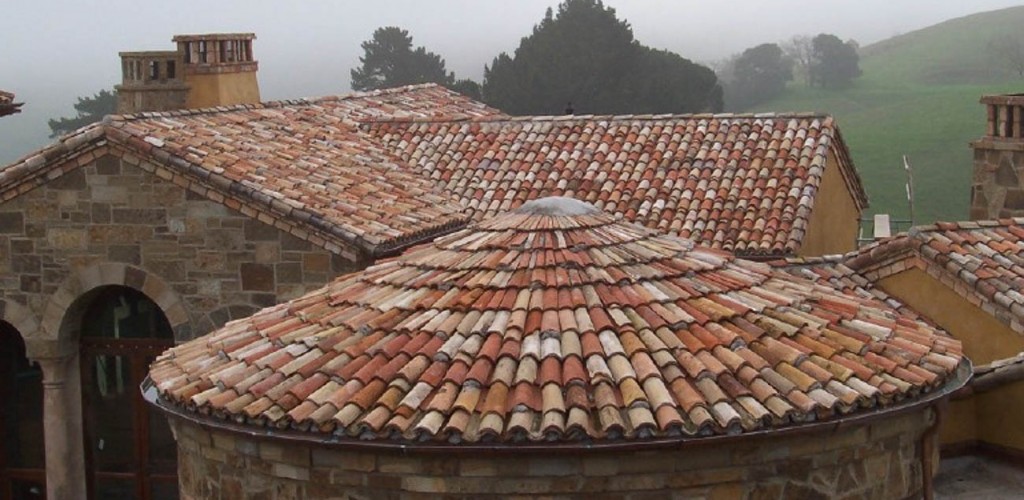Buying Guide, Tools & Supplies
A Brief Roofing History Lesson
Throughout history, roofing materials exhibit the shifting tastes and technological advancements in architectural styles, such as mansard roofs and Queen Anne-style corner turrets, among other roofing styles. As the most important feature of your home or commercial building, the roof shields the structure, furnishings, interior spaces as well as the building’s occupants from damaging effects of the sun, moisture and bad weather. In addition to protection, roofing adds to the architectural style of a building. Below we’ve explored a few of the more prominent historical roofing styles to help you better understand style choices when the time comes to install a new roof.
Historic Roofing Materials
Clay Tile
When the American colonies were first settled, roofing materials and styles were imported from England and Europe. Many buildings from the mid-17th century feature flat tile and pantile roofing materials made from clay. Pantiles were used for lower pitch roofs. From Virginia to Boston and all along the coast, clay tile roofing was used as a safety measure against fire – a constant threat in colonial life. This roofing material achieved peak popularity during the Romanesque Revival period in America. Perhaps the most famous building in this style is the Smithsonian Museum “Castle” in Washington, D.C.

During the 1700s when Spanish missionaries began to settle in the Southwestern part of the U.S., roofing was made out of semi-circular clay tiles. The Mission San Antonio de Padua is considered the first building in the region to use red clay tiles in the Spanish style. According to a Preservation Brief from the U.S. National Park Service, the mission manufactured the tiles by folding strips of red clay over logs. While mission revival architecture has always been popular in Western states like California and New Mexico, the movement has recently gained popularity in the South.
Shingles

Shingles made out of wood were quite common all over the country. Shingles differed in detail, shape and size along regional lines because builders would use local tree species for roofing material. In the Delaware Valley and New England, white pines were common, while in the far West, redwood or red cedar was used for material. In the South, oak and cypress dominated wood shingles. Typically, homebuilders would add a mixture of protective coating to increase durability of the wood. The mixture was made of linseed oil and paint from red iron oxide, or fish oil and brick dust. In urban areas, roofs made out of wood shingles were replaced over time with more fire-resistant materials. However, this was not the case in rural areas, where you can still find wooden shingles on older buildings.
Metal

In America, metal roofing of either copper or lead was predominantly used in the 19th century. For example, the Virginia “Rosewell” Mansion had a roof cover and was at one time one of the only buildings with a completely metal roof. Typically, metal was used for protective flashing, where the tiles or shingles could not be used because of the roof’s shape or pitch.
Tin roofing was used in the 18th century in Canada, but was not common in America until later on. Thomas Jefferson was one of the first advocates of tin roofing using the material on his home “Monticello.” Tin roofing, which didn’t gain prominence until the mid-1800s, was prized because it was lightweight, cost efficient and low maintenance.
If you want to restore the roof of a historic building with a vintage-style material, call Kenner & Sons, Inc. Share your favorite historic roofing style in the comments below.

